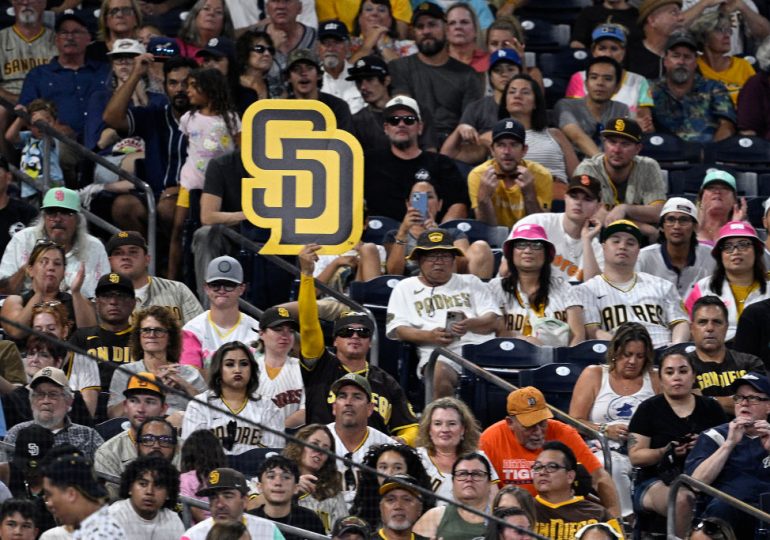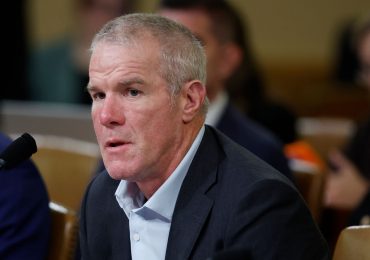Each year between Sept. 15 and Oct.15 , consumer brands, nonprofits, elected officials, and media companies express celebratory words for Hispanic Heritage Month. This once annual display doesn’t come close to addressing the monumental impact of Latinos year-round. The numbers don’t lie, and they are staggering. The U.S. Latino cohort represents 63 million people, 19.7% of America and $3.6 trillion in buying power, equivalent to the world’s 5th largest economy.
[time-brightcove not-tgx=”true”]
One undeniable trendline in our cultural landscape is the unmatched power of sports. Sports bring people together in a common rallying cry, uplift communities, and unlock economic growth. Yet somewhat still overlooked is the massive impact Latinos have on this industry’s success.
Until recently, I was the CEO of the Arizona Coyotes NHL franchise, and the only Latino to run a major American sports team. That’s right. There are 153 teams across the five major professional men’s leagues (NFL, MLB, NBA, NHL, MLS), yet I was the only Hispanic CEO. (The only exception is InterMiami CF, the soccer club led by its owner.)
While this rarified status served as a source of pride, it was also indicative of a depressing state of affairs. Despite all data pointing to the importance of this segment, and the business imperative to have diverse voices in seats of decision making, there was no Latino executive leading one of these influential businesses—and still none today.
Working with my business partner Pedro Guerrero, we recently commissioned a proprietary research study on Latino fandom, powered by Nielsen. It revealed that Latino fans are the fastest-growing segment across all leagues; are notably younger (72% are Gen Z or Millennial, compared to just 50% of sports fans overall); over-index on digital consumption (Latino fans are 38% more likely to use TikTok for sports news); and are critical to the commercialization of the game (Latinos are 39% more likely to recommend a brand that sponsors a sport they follow).
How, then, should organizations benefit from the growing power of Latino fans?
Here are six strategic imperatives that create authentic engagement and unlock growth:
Creation not translation
Too often companies do the bare minimum by translating an advertisement, press release, or social post into Spanish. The market responds to companies that do their homework and create a unique Latino strategy that is both in culture and not just in language.
Ongoing not episodic
Rather than only activating during Hispanic Heritage Month, the community demands an enduring dialogue. These efforts should not be event or campaign-driven, but rather sustained and core to the entire business effort.
Household not individual
We disproportionately live in multi-generational households, so companies should connect with abuela, the primary breadwinner, and the younger cohorts in the home.
Culture not language
These days, U.S. Latinos alternate between English, Spanish, and even Spanglish. The winning approach is to leverage cultural connections and communicate with each sub-segment with nuance.
Partner not solo
For brands dipping their toe for the first time, it’s advisable to align with external voices that bring inherent trust, including nonprofits, influencers, athletes, or media outlets.
Insights not stereotypes
Rather than rely on outdated tropes or clichés, such as folkloric music or food that only resonates with one country of origin, winning organizations review the data and develop a credible linkage to what they do best.
It’s clear that sports are driving our American culture, and Latinos are the primary growth drivers of the sports industry. For any organization seeking to future-proof its success, focusing on Latino fans is a smart place to start.
Leave a comment








